Practicing Dental Hygiene During COVID-19
In light of the current COVID-19 pandemic, it is more important than ever for dental hygienists to routinely apply their knowledge and skills in health education and promotion and disease prevention to help patients with systemic health problems take better care of themselves. According to the United States Centers for Disease Control and Prevention (CDC), individuals with underlying conditions are at heightened risk for severe COVID-19 illness and death.
Which of the following is the first step in the dental hygiene process of care?
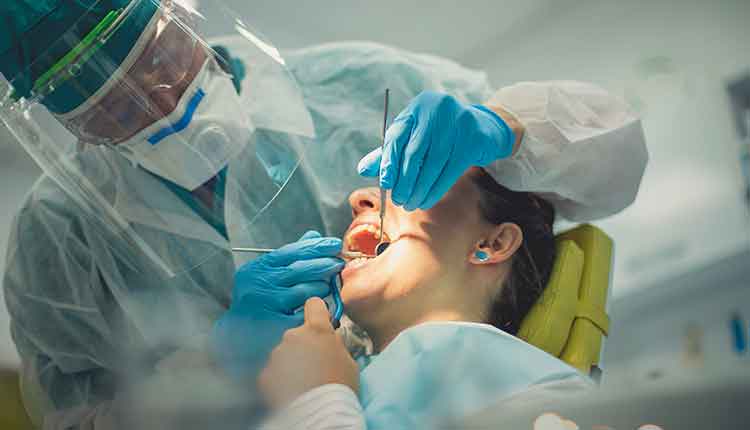 LukaTDB / E+
LukaTDB / E+
Patients may be unaware that dental procedures may complicate or be negatively impacted by existing physiological and/or pathological conditions.
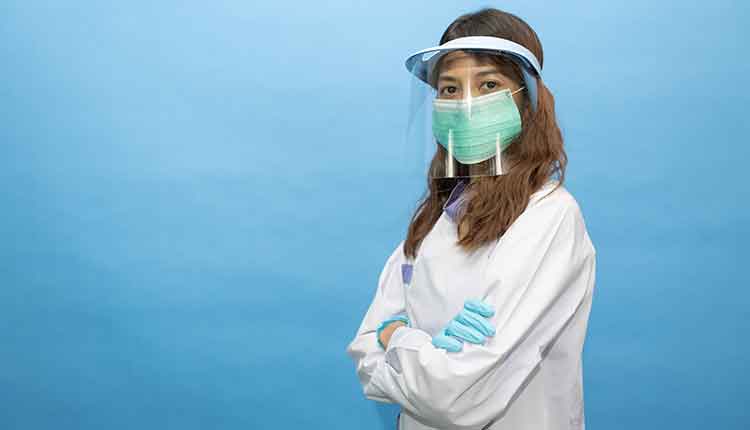 Lunatic_67 / iStock / Getty Images Plus
Lunatic_67 / iStock / Getty Images Plus
Obtaining a thorough medical history is also challenging when dental hygienists do not ask follow-up questions to answers provided during the assessment, or when they fail to review and update patients’ medical history during subsequent appointments.
 Inside Creative House / iStock / Getty Images Plus
Inside Creative House / iStock / Getty Images Plus
According to the CDC, how many US adults have at least one chronic medical condition?
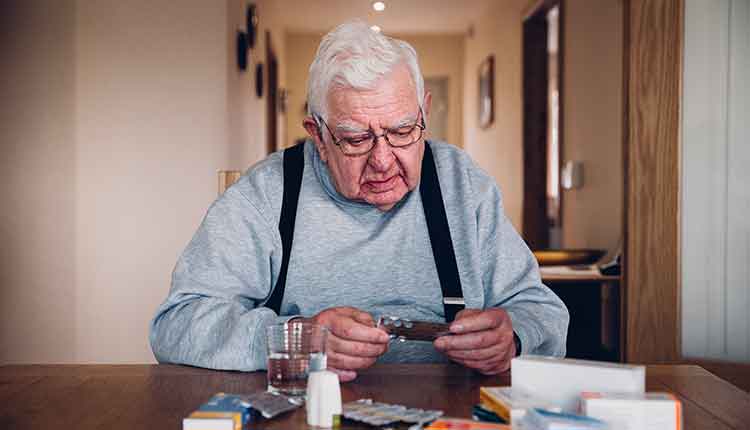 SolStock / E+
SolStock / E+
The least common underlying health conditions reported among those with COVID-19 infection in the US are cardiovascular disease, diabetes, and chronic lung disease.
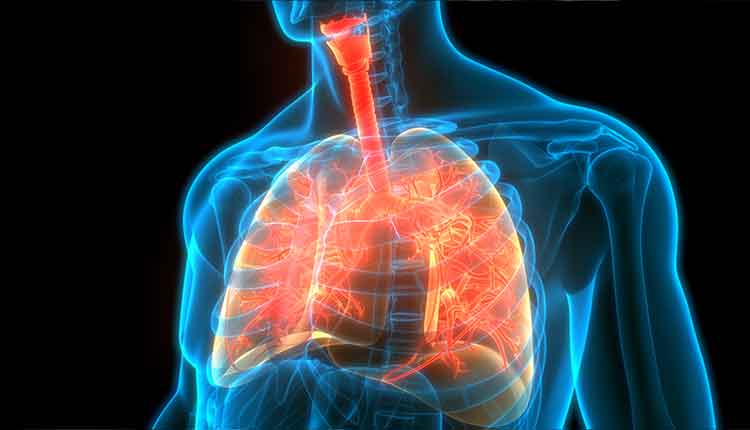 magicmine / iStock / Getty Images Plus
magicmine / iStock / Getty Images Plus
Because dental hygienists see patients with these medical problems on a daily basis, they should use the clinical encounter to educate patients about how they can protect themselves and others from getting COVID-19.
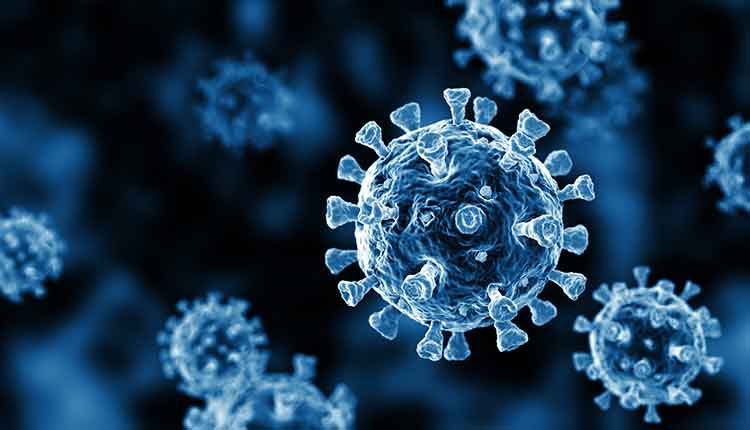 BlackJack3D / E+
BlackJack3D / E+
As efforts to combat the spread of the SARS-CoV-2 virus are constantly evolving, dental hygienists need to stay up to date on evidence-based scientific information about the virus and current CDC guidelines and recommendations surrounding how to avoid contagion and spread.
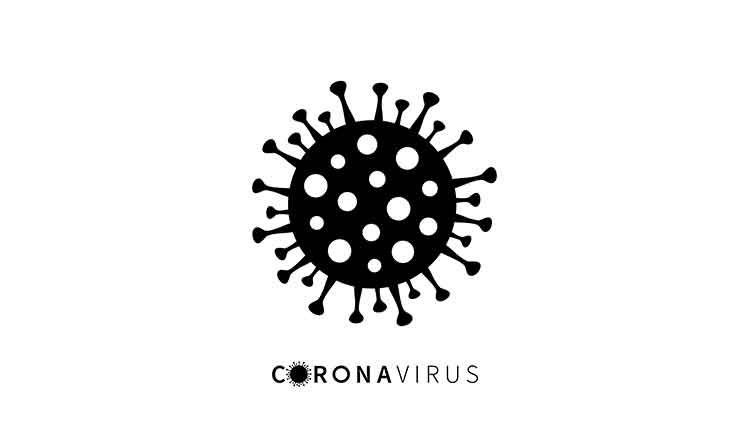 Alek_Koltukov / iStock / Getty Images Plus
Alek_Koltukov / iStock / Getty Images Plus
Share your Results:

